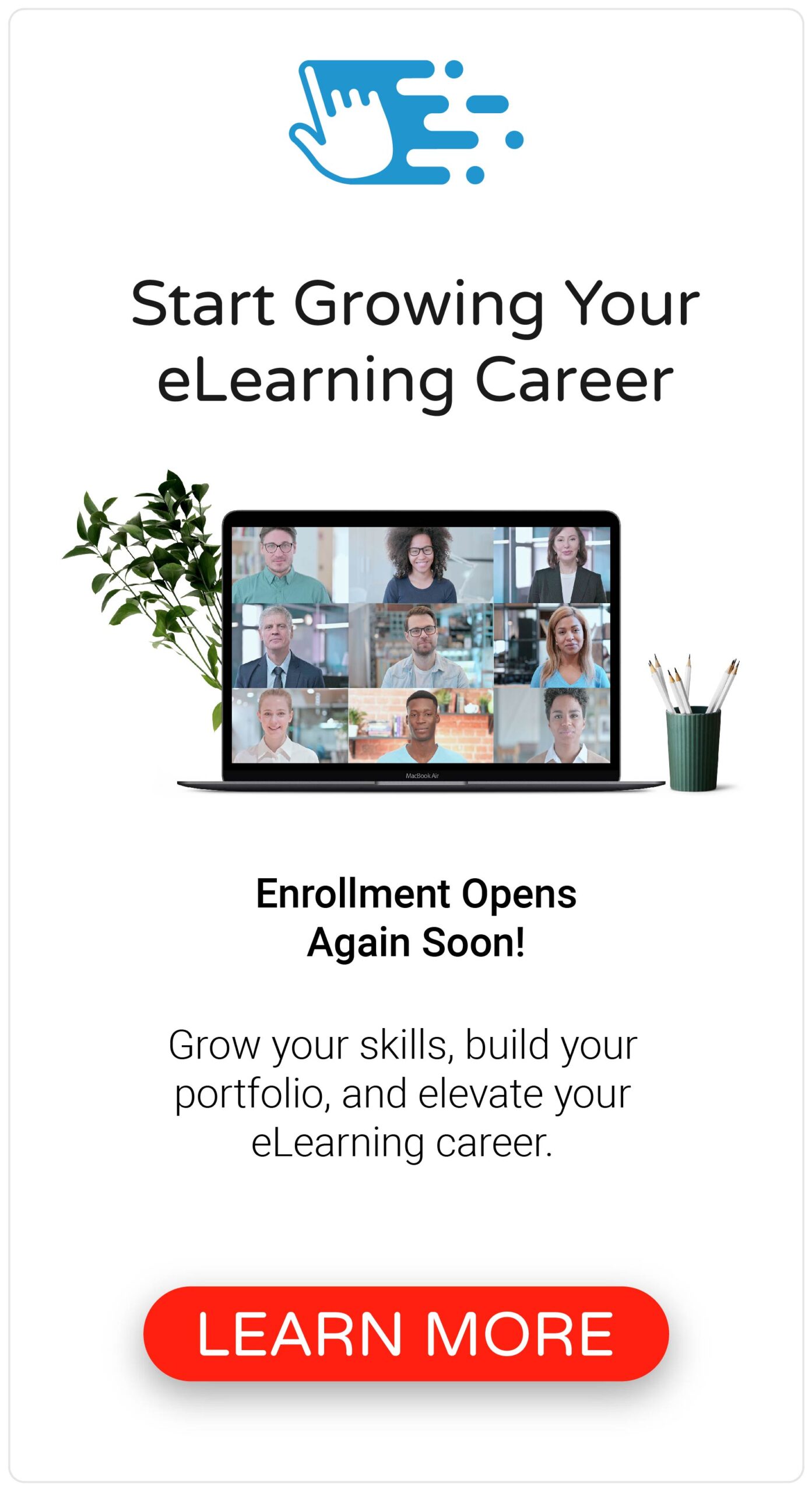As an eLearning designer, you’ve likely used photos in eLearning. Photos are a great way to reinforce your message or convey an emotion. Photos can help tell a story and engage your learners. Although photos have the power to enhance your message or story, they can also become a big distraction when used improperly.
Here are four common mistakes you might be making when using photos in eLearning and what you can do to avoid them.
Using Inconsistent Photos

As with all things related to design, consistency is key. In addition to using consistent fonts, colors, and layouts; you also want to use consistent photos. Using inconsistent photos in your eLearning can make your slides look disjointed and sloppy.
When using photos in eLearning, avoid the mistake of inconsistency by using photos from the same “photo family.” Photos that are part of a photo family have a consistent look and feel. Accomplish this by using photos that have consistent lighting, exposure, and style.
Using Distorted Photos

If you’re like me, you can notice a distorted photo from a mile away—even when it’s only a pixel or two off! In most cases, distorted photos are a sign of an inexperienced eLearning designer; or worse, sloppy development.
When using photos in eLearning, avoid the mistake of distorting your photos by using a few simple best practices for resizing photos. First, resize your photos by dragging from the corner of the photo, never from the sides. Most eLearning authoring tools will automatically maintain a photo’s aspect ratio when resized from the corner. If that’s not the case for the tool you’re using, you can usually combine this by holding the Shift key while you resize.
Using Low-Quality Photos

When using photos in eLearning, you don’t want them to distract from your message, but rather, enhance your message. A quick way of preventing this is by using low-quality, pixelated photos.
When using photos in eLearning, avoid the mistake of using low-quality photos by sourcing higher-quality photos. It’s really that simple! Luckily, digital photography has greatly improved over the last several years, and it’s rare to run into low-quality photos. Even photos taken on a smartphone are of a quality that’s acceptable for professional use.
Using Cheesy Stock Photos Without Diversity

There are some stock photos you feel like you’ve seen a thousand times before: a bunch of young, caucasian people shaking hands! Some stock photos are intentionally generic, as they can be used with lots of different content. However, when you use cheesy stock photos that lack diversity, you’re creating eLearning that your learners can’t relate to.
When using photos in eLearning, avoid the mistake of using cheesy stock photos by simply not using them! Take your time to find high-quality and unique photos that fit your message and showcases the diversity of your learners. Do you want an image that represents partnership? Don’t rush to use the photo of two businessmen shaking hands. How about a picture of a team meeting? Avoid the picture of non-specific people, having a non-specific meeting, in a non-specific location. It’s all been done before!
The Bottom Line
Photos play a huge part in creating effective and visually engaging eLearning. However, if you don’t take the time to select your photos properly, you can quickly create eLearning that is generic and boring.
What other tips can you share for using photos in eLearning? Share them by commenting below!








